From Old City to Germantown, there are lots of fascinating Black history sites in Philadelphia. Museums, churches, and other monuments offer insight into the important contributions African Americans have made to shaping the fabric of the city and the entire country.
Black activists, artists, religious leaders, and formerly enslaved people in search of basic freedoms have passed through Philadelphia and helped make the city what it is. See the sites around Philadelphia that are dedicated to sharing their stories.
President’s House
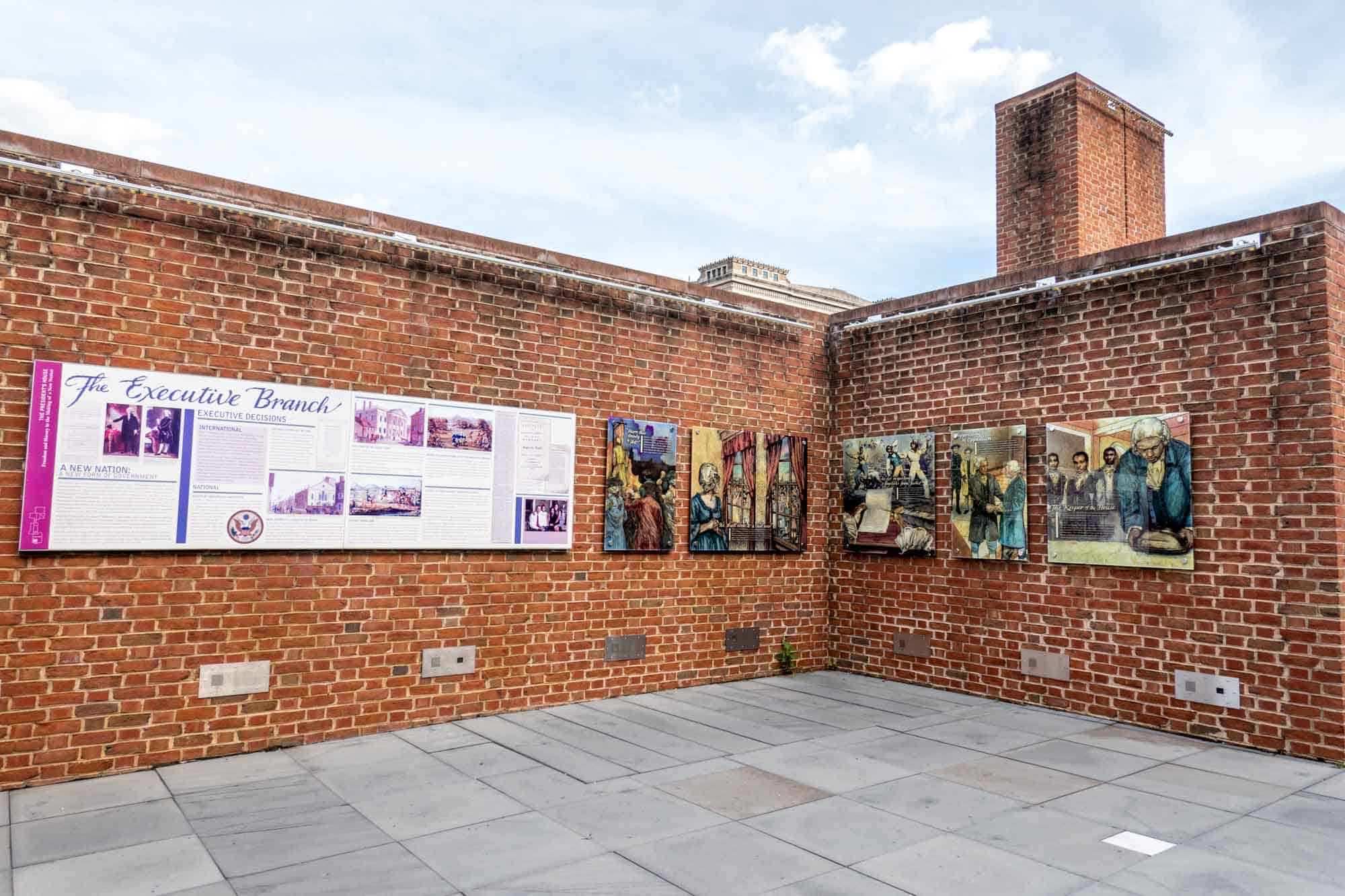
The President’s House was occupied by George Washington and John Adams during their terms of office while Philadelphia was the temporary capital of the United States. Though the historical building no longer stands, an open-air structure in its footprint provides information about the house and the people who lived there.
Importantly, the exhibit at the President’s House explores the paradox between the founding fathers fighting for freedom for some while owning other people in the shackles of slavery. It addresses the nine enslaved people Washington kept in the city and what their lives were like in the household, including those who attempted to escape.
National Constitution Center
Despite its name, the National Constitution Center goes well beyond information related to The Constitution. The museum features exhibits and activities related to the achievements of African Americans and to significant moments in the quest for equal rights.
Displays focus on pivotal Supreme Court cases–including Brown v. Board of Education and Dred Scott v. Sandford–and Constitutional amendments that helped establish civil rights. Visitors can also see a rare copy of the Emancipation Proclamation signed by President Abraham Lincoln and a copy of “A More Perfect Union,” a speech delivered by then-Senator Barack Obama at the National Constitution Center.
Christ Church
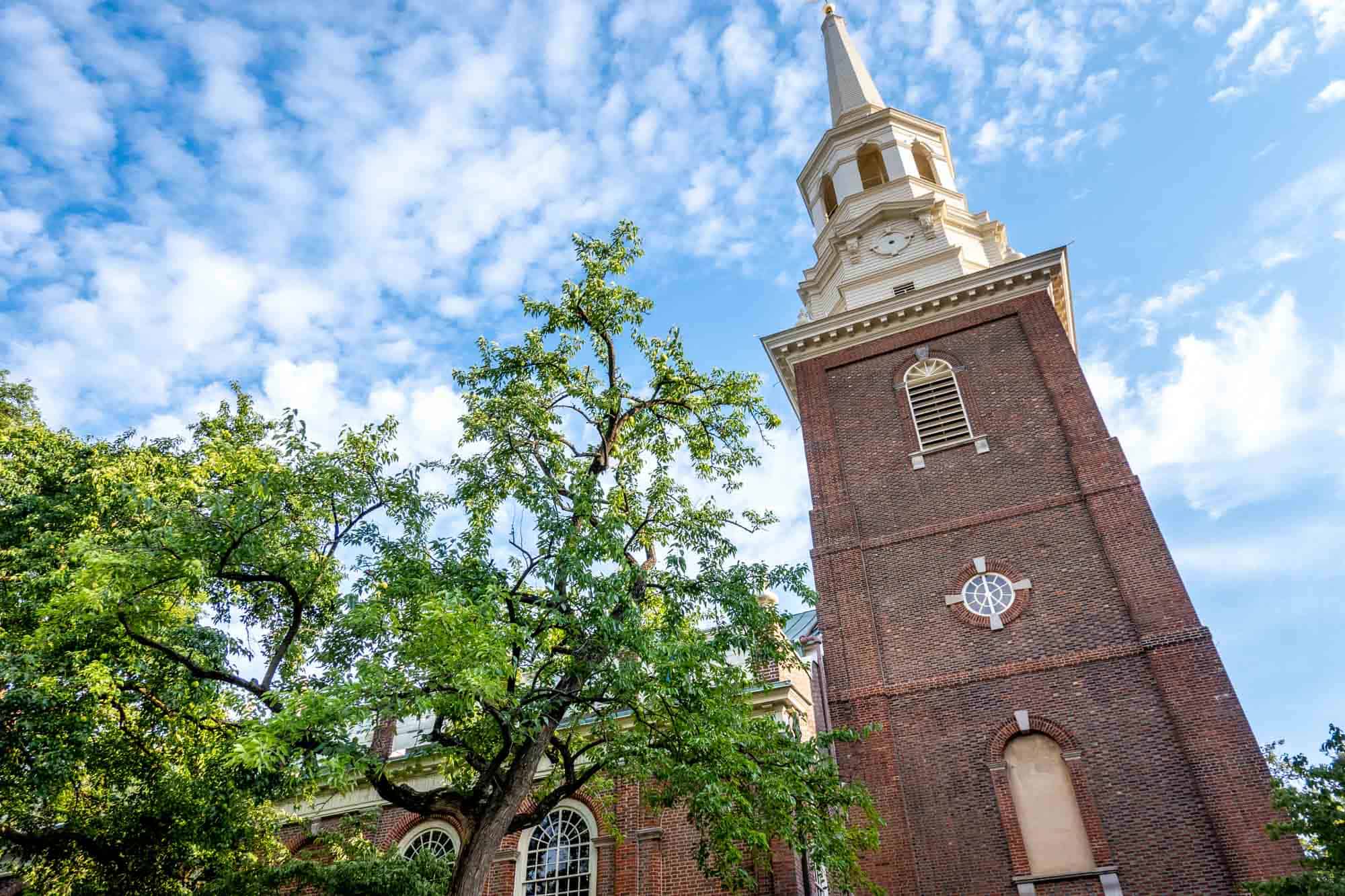
One of the most visited sites in Philadelphia, Christ Church has welcomed many notable residents and visitors, including Presidents, signers of the Declaration of Independence, and other figures whose stories are well known. A visit to Christ Church highlights the stories of other parishioners who have often been overlooked by history—both the enslaved people and the free people of color who worshiped and were baptized here.
One such story is that of Absalom Jones. An enslaved person who attended the congregation, Jones later bought his freedom and founded the first African American Episcopal Church nearby. As its leader, Jones was ordained by Christ Church as the first Black priest of the Episcopal Church.
Cliveden
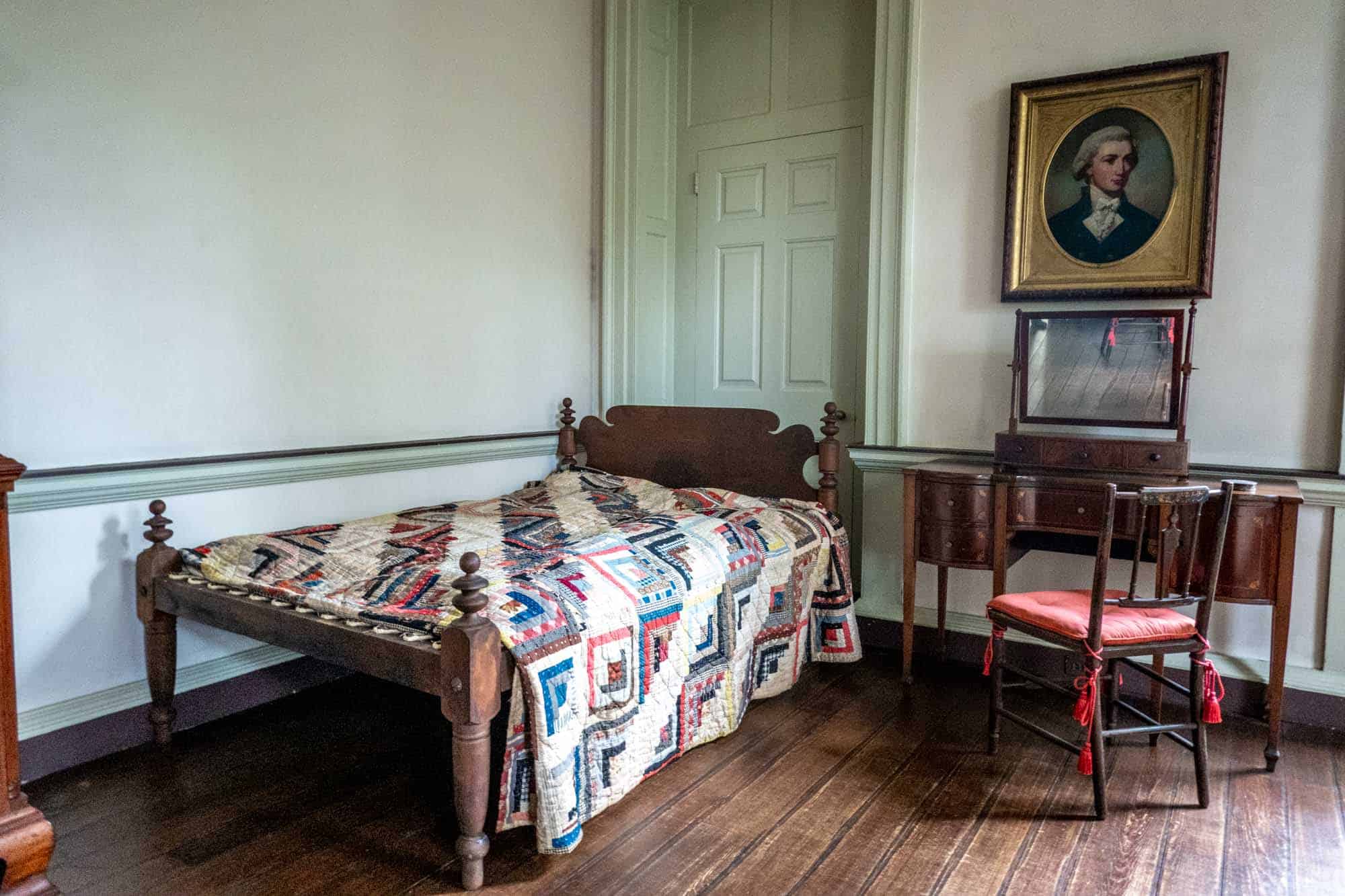
Built in 1767, Cliveden is probably most well-known for its role as part of the Battle of Germantown which raged around the estate in 1777. A tour of the home goes well beyond the American Revolution and deep into the stories of the Chew family who owned Cliveden for seven generations and the enslaved Africans who built the family’s fortune.
Research into over 200,000 historical Chew family documents has revealed lots of details about the lives of enslaved workers and indentured servants on the Chew plantations around the Mid-Atlantic as well as their properties in Philadelphia and Germantown. Some details are included in tours, and the exhibits around the property are regularly reinterpreted and expanded as new information comes to light.
Mother Bethel AME
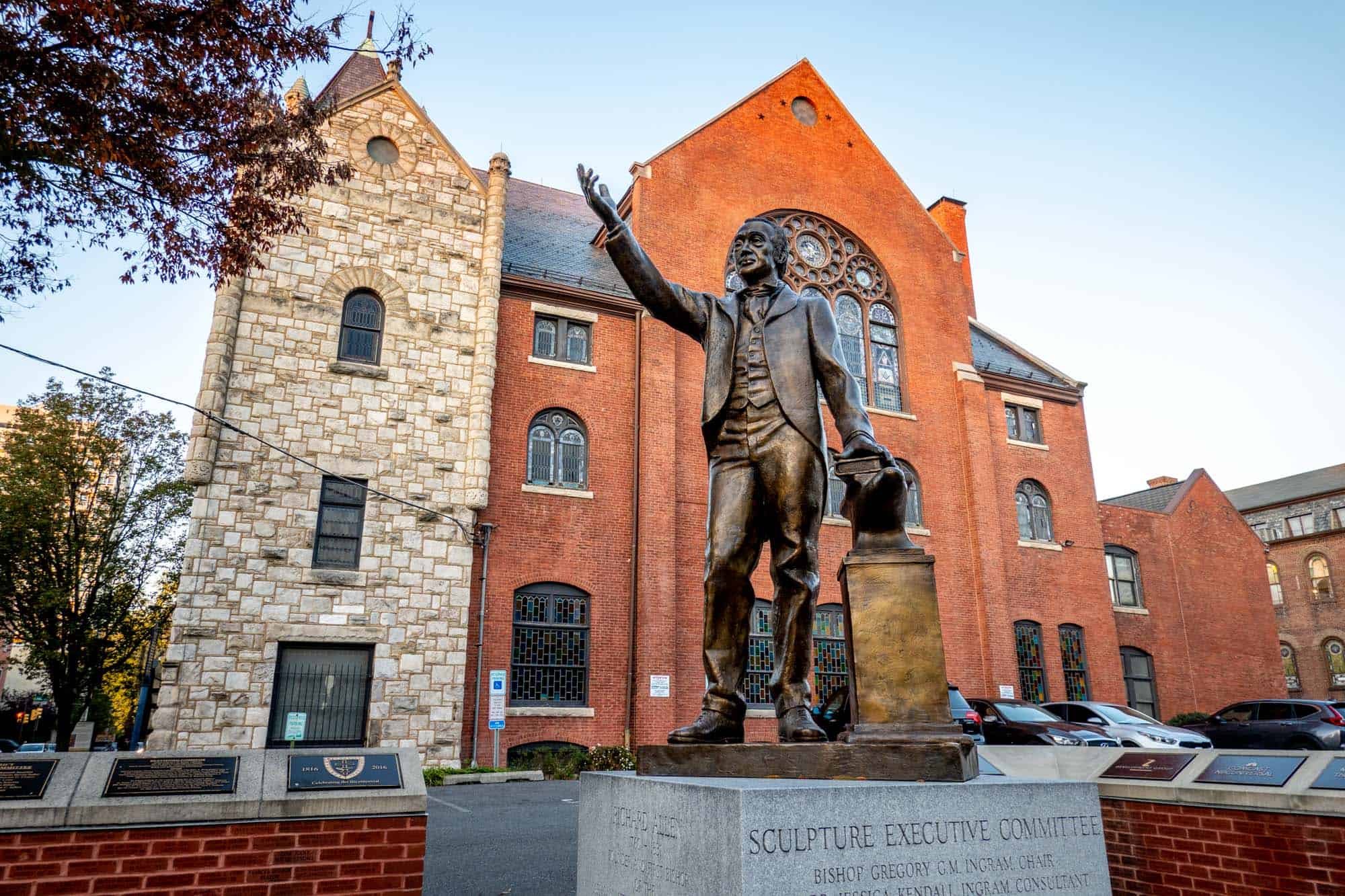
Mother Bethel African Methodist Episcopal (AME) Church was founded by Bishop Richard Allen in 1794. Born as an enslaved worker owned by the Chew family (though not at the Cliveden estate), Rev. Allen wanted a self-reliant congregation where Black Philadelphians could worship without being subject to segregation by White church members.
As the mother church of the first Black denomination in America, visiting the beautiful building is a top thing to do for lovers of history. It is located on the oldest piece of land in the country continuously owned by Black Americans.
Mother Bethel was a stop on the Underground Railroad and welcomed abolitionists such as Frederick Douglass and Lucretia Mott. Today, its stained-glass windows, underground tomb, and artifacts regularly draw visitors to hear the story of the church that remains such an integral piece of early African American history.
African American Museum in Philadelphia
The African American Museum in Philadelphia is the first museum in a major US city focused on the heritage and culture of Black Americans. It goes beyond the expected, using art and artifacts to tell the story of African Americans in the Philadelphia area and around the country. Exhibits cover everything from the contributions of African Americans in the early history of the US to civil rights, the Negro baseball league, and art.
In addition to its sizable permanent collection of tools, household items, and ceremonial objects, the African American Museum features the Jack T. Franklin Photography Collection. With over 500,000 negatives and photographs, the Franklin Collection chronicles events and milestones in the city’s African American community.
Fair Hill Burial Ground

At over 300 years old, Fair Hill Burial Ground is one of the most historical sites in Philadelphia. It was founded in 1703 by the Quakers and has been used as an active burial ground on and off over the centuries.
Quakers were active in anti-slavery activities dating back to the late 1600s, so it’s not a surprise that Fair Hill is the final resting place for many people who were strong in their abolitionist views.
Among the most notable abolitionists buried at Fair Hill are Lucretia Mott and Robert Purvis who were both well-known speakers and activists. Mott, the founder of the Philadelphia Female Anti-Slavery Society, helped runaway slaves from Maryland and Delaware who had reached Philadelphia. Purvis, a free man of mixed race, was part of the American Anti-Slavery Society and helped numerous people seeking freedom, which ultimately earned him the title of President of the Underground Railroad.
The graves of Mott and Purvis are part of the Second Saturday tours at Fair Hill, which tell the story of the area’s history and the significance of the people buried there.
Johnson House Historic Site
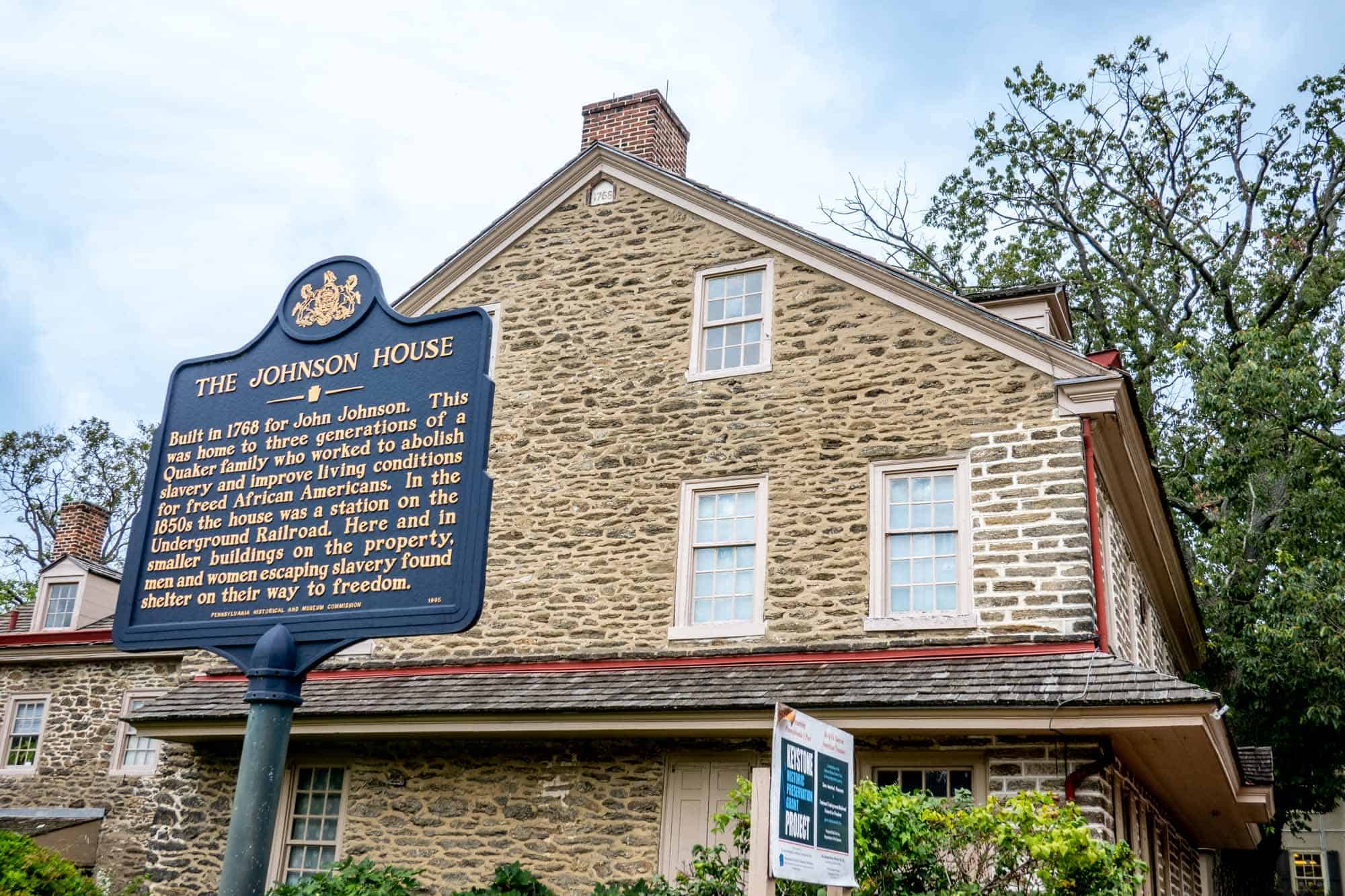
Located in Germantown, the Johnson House Historic Site is one of the most fascinating Black history sites in the city. Built in 1768, the stone home looks today much as it did in colonial times.
The Johnsons were devout Quakers and offered their home as a station along the Underground Railroad, a pivotal spot for formerly enslaved people making their way further north to stations in Montgomery County, Bucks County, and beyond.
Tours of the Johnson House include information about the family, the Quakers and the anti-slavery movement, those who sought freedom here, and the people who risked their lives to help.
Black history murals

With thousands of murals and public artworks, the city has lots of pieces dedicated to famous and influential African Americans that are worth seeing.
In North Philly, on the side of the recreation center bearing his name, a mural honoring Dr. Martin Luther King Jr. shows his march from Selma to Montgomery Alabama. Not far away near Fair Hill burial ground, Harriett Tubman, Rev. Richard Allen, and others who were active in the Underground Railroad are memorialized for their important work. At 22nd Street and N. College Ave., you’ll find a mural dedicated to the Cecil B. Moore Freedom Fighters who fought for the desegregation of Girard College.
Musicians like The Roots (512 S. Broad Street), John Coltrane (29th and Diamond), and Marian Anderson (740 S. 17th) are also honored with murals for their musical and cultural contributions locally and on a national scale. From boxing great Joe Frazier at 1302 W. Allegheny Ave. to baseball legend Jackie Robinson at 2803 N. Broad Street, athletes are also among the many people acknowledged on the city’s walls.
Octavius V. Catto Memorial
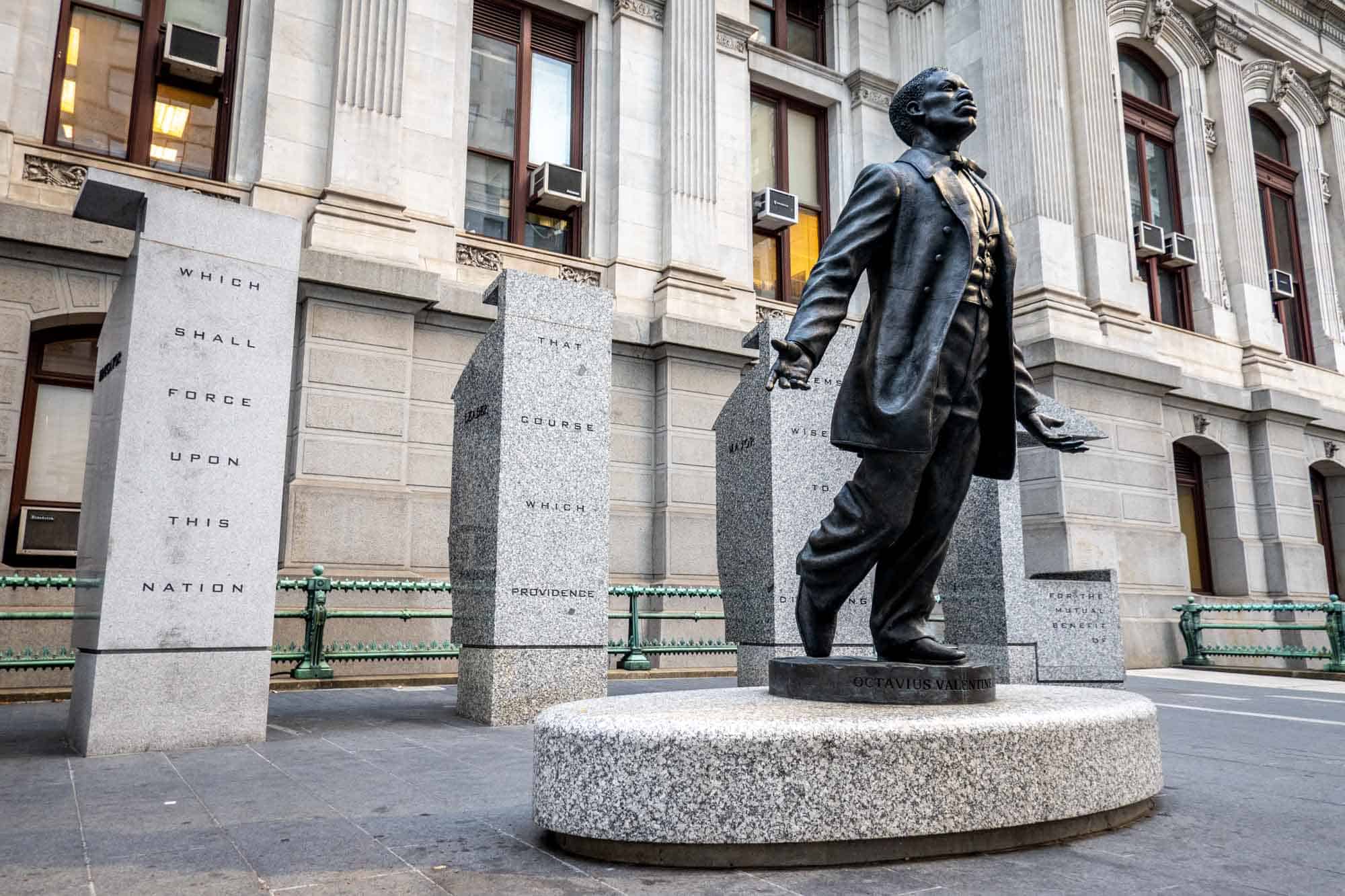
One of the most influential African Americans in Philadelphia in the 19th century, Octavius V. Catto was a teacher, athlete, and civil rights activist who fought for voting rights and the desegregation of streetcars. On October 10, 1871—the first election day after the 15th Amendment was passed, guaranteeing Black men the right to vote—Catto was assassinated near his home on South Street.
The Octavius V. Catto memorial on the south side of Philadelphia City Hall depicts Catto in a powerful stride toward the ballot box. The pillars behind him represent a streetcar and illustrate his accomplishments and contributions to the city.
